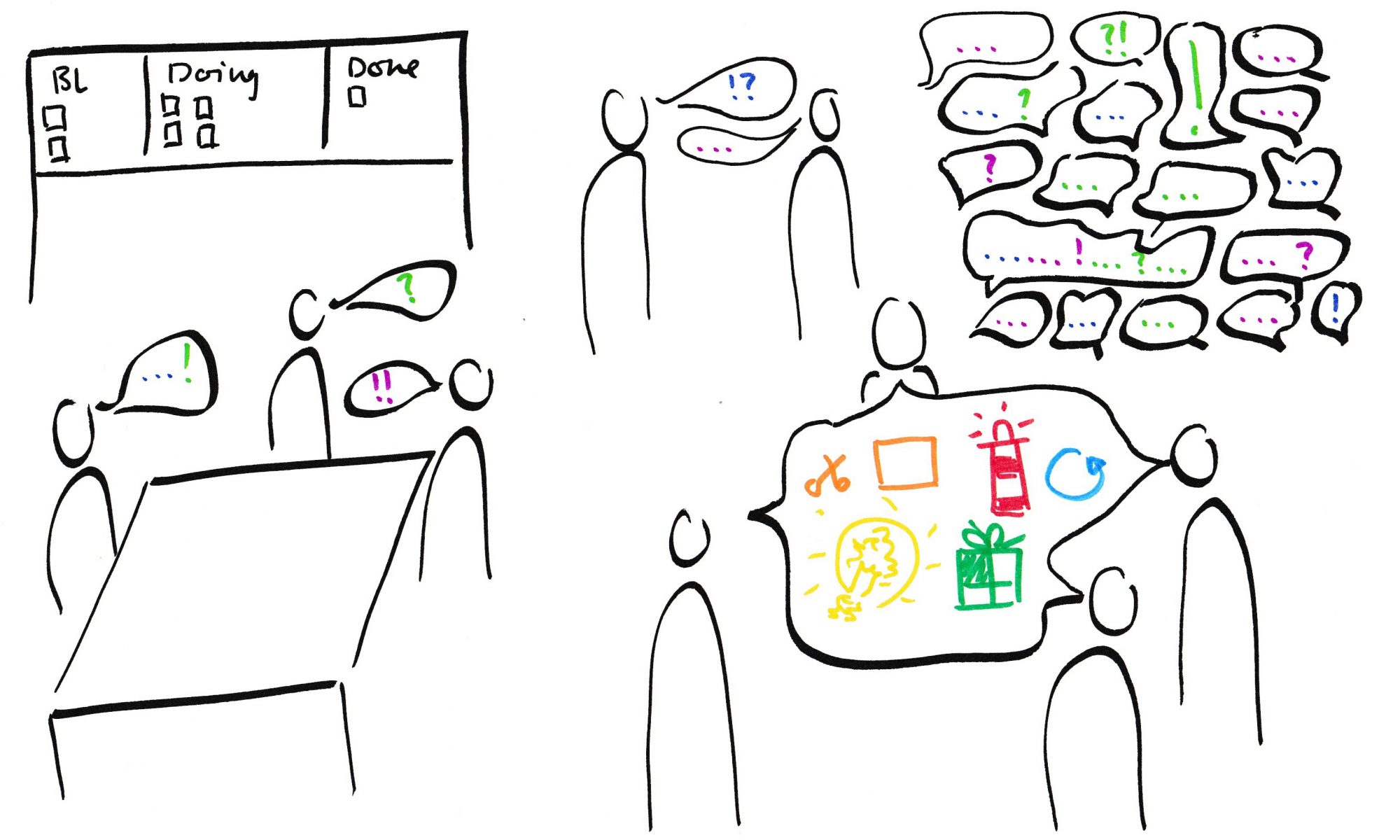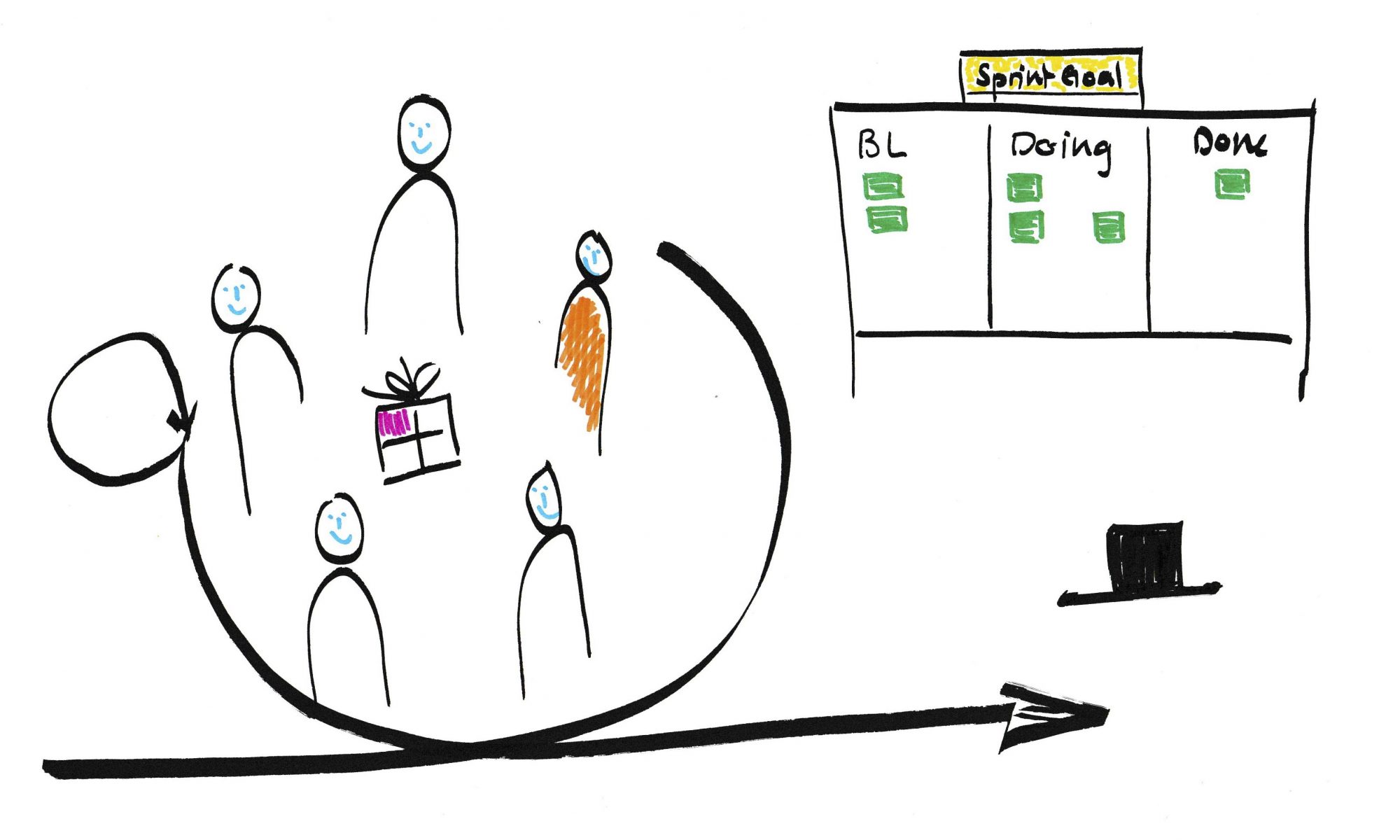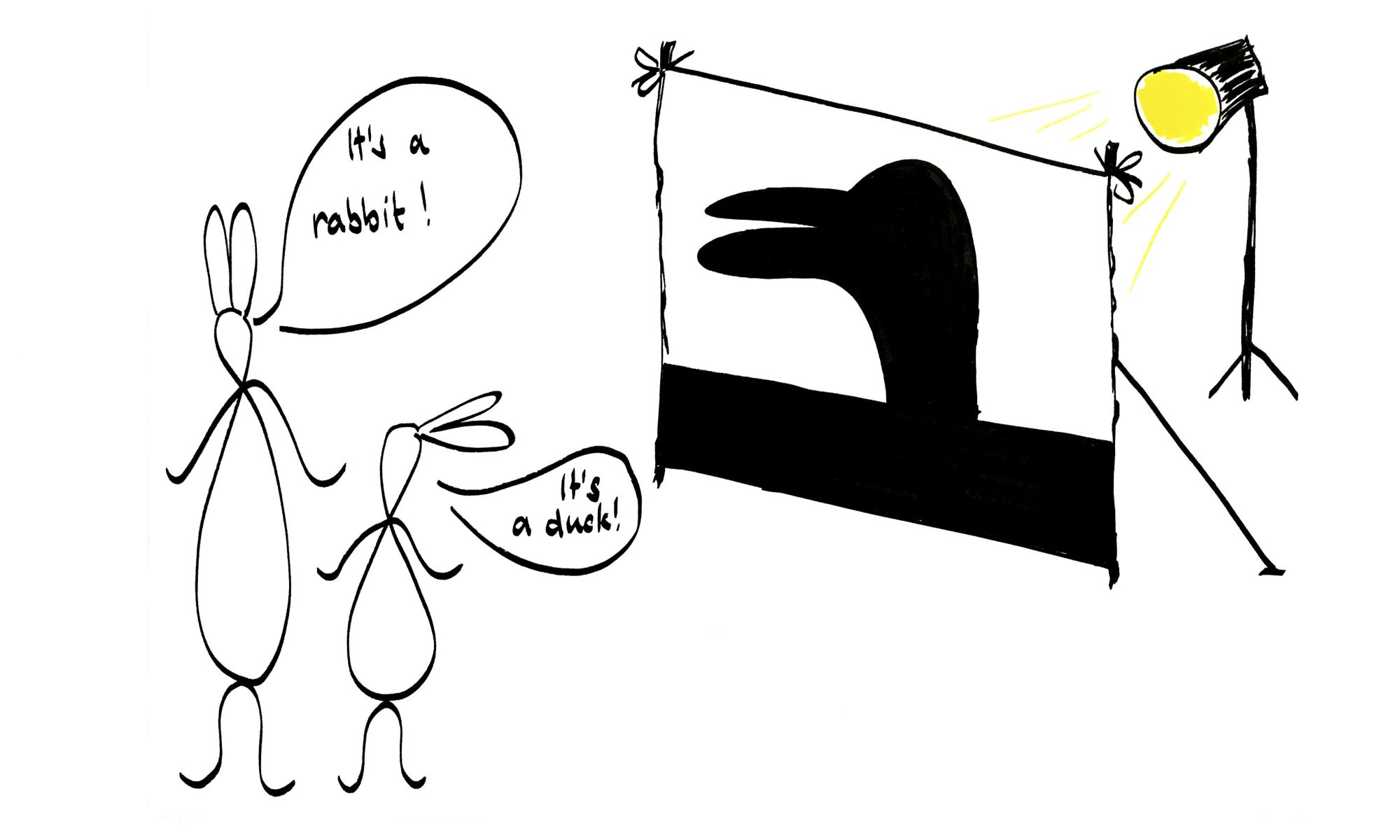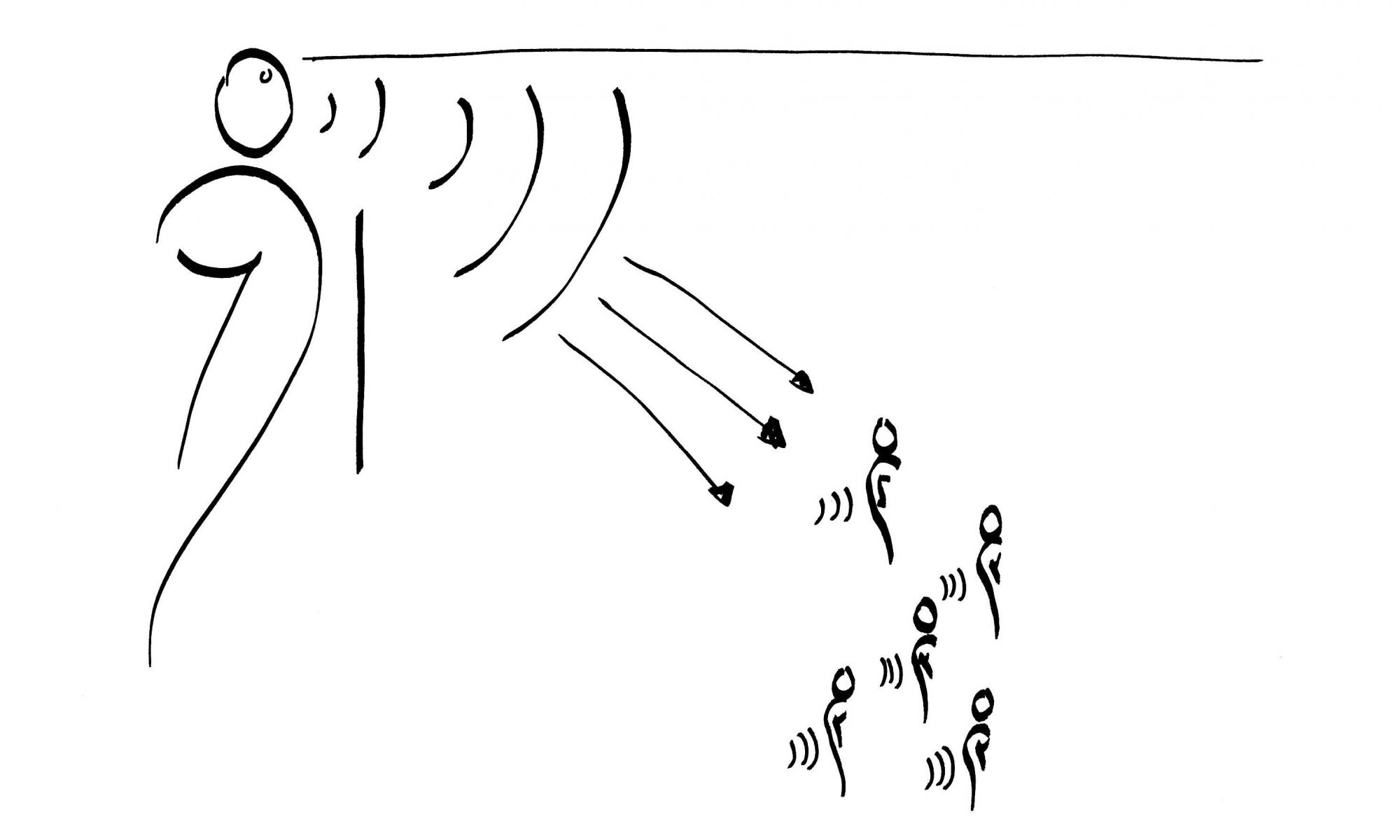I let my Students at a University of Applied Sciences work with Scrum for one semester. My learning is, that you can apply Scrum in very different contexts, because its simple rules make self-organization feasible and the transparency gives a good bases for communication.
„Scrum in higher education (Part III): What I’ve learnt from working with Scrum“ weiterlesen
Scrum in higher education (Part II): How my students worked with Scrum
My students at a University of Applied Sciences in economics worked with Scrum for one semester to produce concepts and texts for corporate communication for their fictional companies.
„Scrum in higher education (Part II): How my students worked with Scrum“ weiterlesen
Scrum in higher education (Part I): How I introduced Scrum to my students
I wanted my students to be more intrinsically motivated so I introduced them to Scrum and let them work totally self-organized for a whole semester. Here are my thoughts about how I set up the framework in my special context.
„Scrum in higher education (Part I): How I introduced Scrum to my students“ weiterlesen
Cross-Functional Teams and Diversity
Reading about agile, self-organizing teams I often think that diversity isn’t understood to its full potential. The Scrum Guide states that teams have to be cross-functional in order to „have all competencies needed to accomplish the work“ (Schwaber & Sutherland, 2016, p. 5). Most of the time „the work“ is addressed to be software development and testing. Diverse teams can do a lot more than that, as Management 3.0 suggests. But what is diversity?
„Cross-Functional Teams and Diversity“ weiterlesen
Blinde Flecken – Blind Spots
[with english summary] Ich stelle immer wieder fest, das Menschen grosse Mühe damit haben, Beobachtungen und Bewertungen voneinander zu trennen. Das hat zum einen etwas mit persönlicher Betroffenheit zu tun, zum anderen auch damit, dass wir uns zu wenig darin üben, diese beiden Dinge zu unterscheiden. Gerade für Feedback und für Coaching scheint es mir wichtig, sich des Unterschieds bewusst zu sein.
„Blinde Flecken – Blind Spots“ weiterlesen
Agile communication vs Small Talk tactics
[mit deutscher Zusammenfassung] Last week I wrote about Small Talk and about being open to mean it, when you ask someone how they are. This aspect isn’t restricted to small talk. It’s about what agile communication is: Openness and honesty, interaction and authenticity. How can you be all that if your interactions are reduced to superficiality?
„Agile communication vs Small Talk tactics“ weiterlesen
Sprichst du noch oder hörst du schon zu?
[with english summary] Ich hatte letzthin einen schiefen Tag, der schon mitten in der Nacht sehr schräg begann. Irgendwann nachmittags haben sich meine Wege mit jenen eines Kollegen gekreuzt. Er fragte, wie es mir gehe und ich habe geantwortet: „Naja, ist nicht gerade so rosig heute.“ Er hat mich völlig verblüfft angeschaut und erwidert, Small Talk-Fragen seien nie ernst gemeint, da sage man immer, dass es einem gut gehe.
„Sprichst du noch oder hörst du schon zu?“ weiterlesen
self-organization and chaos
[with english summary] Scrum definiert als Framework unter anderem, welche Begriffe für Rollen angemessen sind und welche nicht. Ein Fokuspunkt ist dabei die Selbstorganisation. Und diese kann eine echte Herausforderung sein. Für mich war sie als als erstes auf der sprachlichen Ebene.
„self-organization and chaos“ weiterlesen
Kommunikation 3.0
*Picture above: Mischa Demarmels, „Simple Characters“ on Sketching Arena
[with english summary] Was ist agile Kommunikation? Was für Ansprüche stellt ein agiles Umfeld an Kommunikation? Welche Werkzeuge kann Kommunikation 3.0 zur Verfügung stellen? Und welche Haltung setzt eine agile Kommunikation bei den Sprecherinnen und Sprechern voraus? Diesen und ähnlichen Fragen gehe ich in meinem Blog nach.
„Kommunikation 3.0“ weiterlesen








